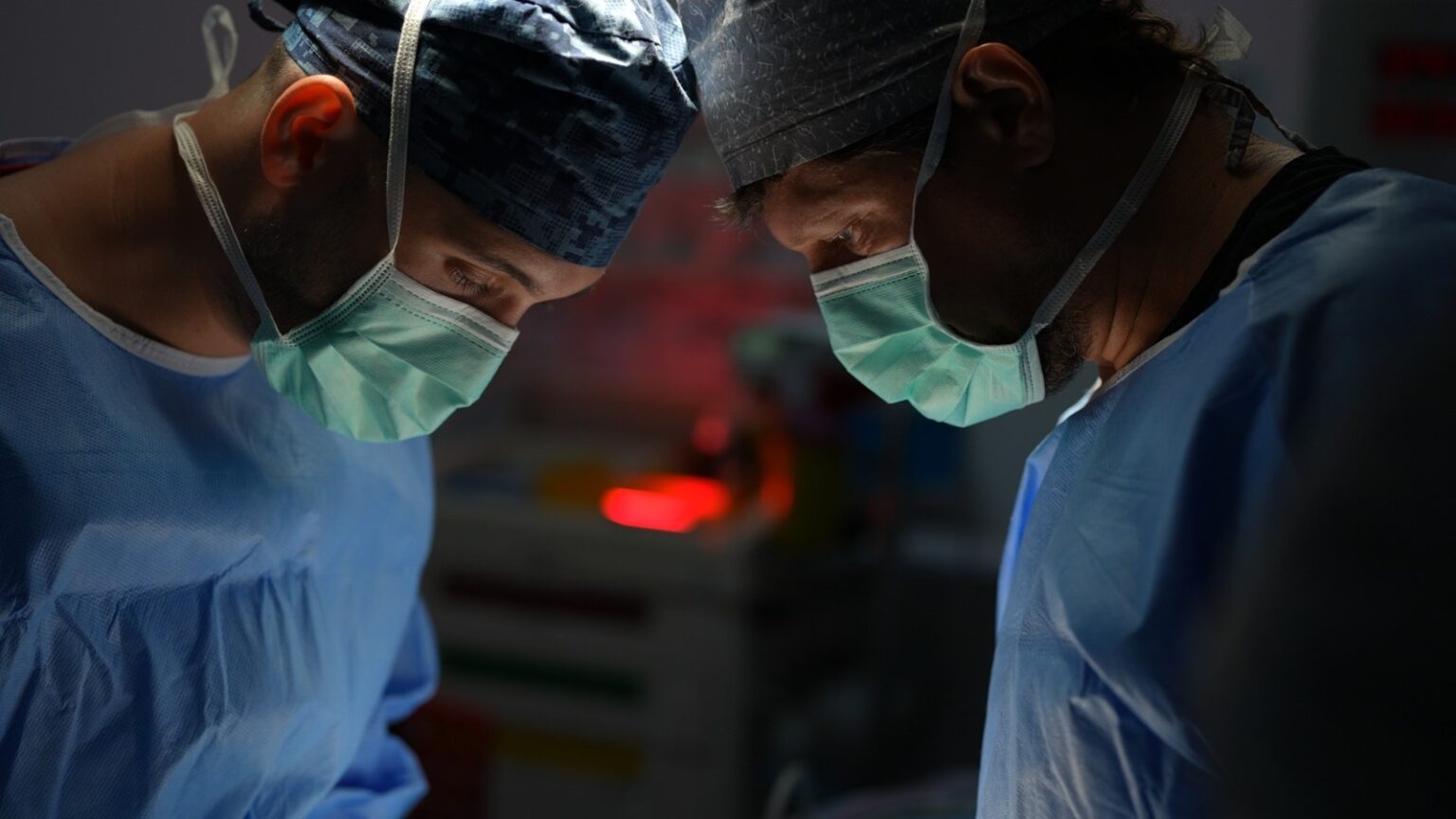Implant in One Day

Implant in One Day: A Comprehensive Guide
What is an Implant in One Day?
An Implant in One Day, also known as a same-day implant, is a dental procedure designed to replace missing teeth in just one visit. This method involves placing a dental prosthesis on screws, providing a quick and practical solution compared to traditional implant procedures. Performed by experienced dentists, this procedure offers immediate results, allowing patients to receive their new teeth on the same day.
How is an Implant in One Day Performed?
The process begins with a 3D dental tomography to get a detailed view of the patient’s oral structure. Following this, an intraoral examination is conducted, and a personalized treatment plan is created. On the same day, the dental implant is placed into the jawbone, and a prosthesis is attached to the implant, providing immediate functionality and aesthetics.
Advantages of Implant in One Day
- Quick and easy procedure
- Immediate new teeth
- Prevention of bone erosion
- Improved dental and chewing functions
- Enhanced aesthetic smile
- Addresses oral health problems
Who is Suitable for Implant in One Day?
This treatment is suitable for individuals without developmental problems in their jaw and mouth structure. A thorough examination is necessary to determine if a patient is an ideal candidate.
Healing Process After Implant in One Day
Post-procedure, maintaining oral hygiene is crucial. Avoiding hard, sticky, hot, and cold foods or drinks can help protect the teeth from infections and sensitivities. While the healing process varies depending on the implant placement technique, mild pain is typically expected.
Points to Consider After Implant in One Day
- Maintain good oral hygiene
- Use dental floss and mouthwash
- Brush teeth twice a day
- Avoid smoking
- Follow the doctor’s recommendations
- Avoid hard and sticky foods in the first weeks
- Attend regular doctor check-ups
Treatment Summary
Inclusive Package
Hotel, Transfer, Assistance
Operation Duration
1-8 Hours
Anesthesia
General Anesthesia
Stay Duration
5-10 days